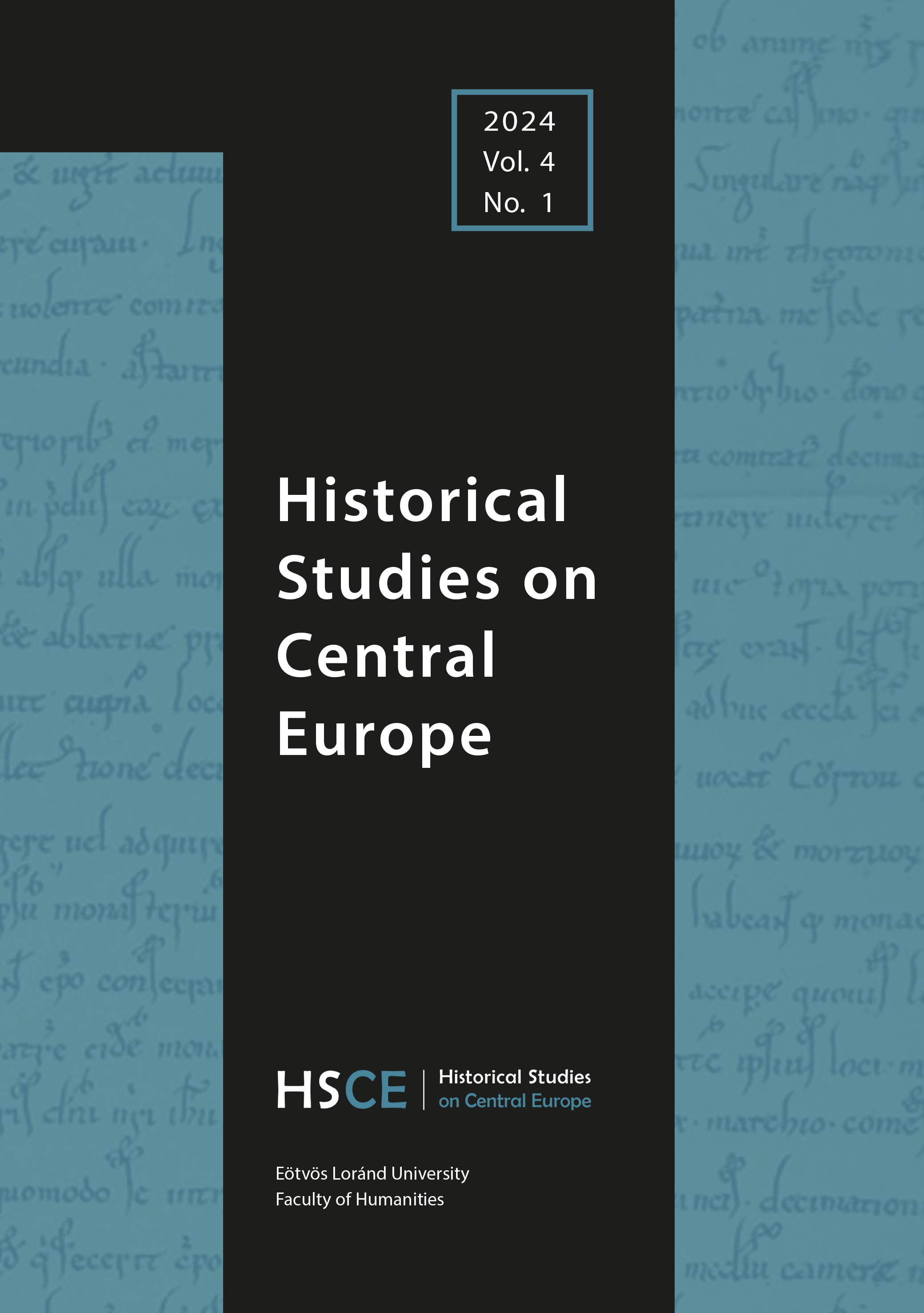Contemporary Perceptions of the Spread of the Plague in Central and Eastern Europe Following the Battle of Belgrade (1456)
Published 24-07-2024
Keywords
- Battle of Belgrade,
- plague,
- 1456,
- later crusades,
- John Hunyadi
- John of Capistrano ...More
How to Cite
Copyright (c) 2024 Igor Stamenović

This work is licensed under a Creative Commons Attribution-NonCommercial 4.0 International License.
Abstract
The study examines contemporary perceptions of the emergence and spread of the plague in Central and Eastern Europe following the Battle of Belgrade in 1456. On one hand, the Battle of Belgrade represents a significant Christian victory in the conflicts with the Ottomans during the fifteenth century. Consequently, it was utilized in crusade-related propaganda discourse and perceived as a divine blessing for the anti-Ottoman crusade. On the other hand, some prominent figures such as John Hunyadi, John of Capistrano, and Serbian Despot George Branković died shortly after the event due to the outbreak of the plague during the battle. The research aims to explore how contemporary historical sources handled this duality between the sense of triumph and the plague outbreak. It provides an overview of the areas affected by the plague due to the movement of armies and the political and economic connections between different parts of East and Central Europe. The study investigates whether and to what extent reports of the plague from the region link the Battle of Belgrade to the outbreak of the disease. Additionally, it analyses fifteenth-century sources related to the battle itself. This segment of the research examines representations of the plague outbreak, particularly the infection and death of the aforementioned Christian leaders. The research focuses on how the discourse on the plague is interpreted in relation to narratives of heroism, martyrdom, and sainthood, addressing aspects of adaptation, marginalization, and the complete omission of mentions of the plague in these interpretations.


